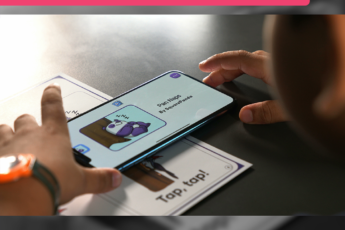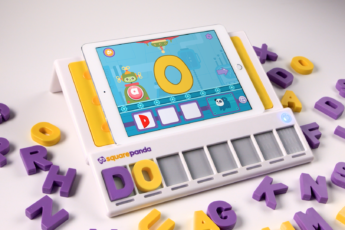3 Simple Strategies To Make Your Online Classes More Interactive

While many students are excited to join a virtual classroom and take part in learning experiences that are usually more hands-on, others may be reluctant about taking part. Additionally, digital platforms such as Skype, Zoom, and Google Meet can also exacerbate the problem by making it difficult to know when it is appropriate to speak up.
Many teachers feel that changes in the classroom have been affected by the increased prevalence of an online curriculum. 84% of teachers report challenges in providing education digitally. They are concerned about gaps in their student’s knowledge and skills and managing student behavior.
Teachers who teach online courses often find that their students do not feel involved enough in the class and that their attention spans diminish with every class period. Simply posting class materials and having them read them and respond in writing could be effective, but that alone doesn’t always work.
Here are some strategies geared for reluctant participants that you can use to energize your classroom discussions.
📌 Increase Teacher’s Presence
Online classes should require the same workload as a traditional class does. Teachers should take advantage of the online classroom to interact with students individually. If a student is taking an online class, it should take up the same effort as a traditional face-to-face class. You need to make yourself visible and interact with their students more often to get the full effect of what they are trying to learn. Teachers need to respond to email and any other available tools so that the student knows that their opinion is valued.
Students who have attended an online class will tell you that they appreciate that the teacher is easily accessible, has a real voice and can be heard and seen, as opposed to a video or audio recording. Teachers can see each student’s reaction to the material they present at any given time, as well as their facial expressions, body language, and tone of voice. This allows teachers to gauge better what is working and what is not working when teaching the course material. A teacher in an online classroom can also hear every comment made by every student in real-time. This allows for a more interactive experience for both the teacher and the students.
📌 Regularly Provide Feedback
Use private and public feedback to encourage your students to participate in the discussion. Focus the conversation on class-related issues or questions, and keep it professional. Encourage students that provide thoughtful and insightful responses. Offer them praise and positive feedback, such as an email or a public grasp. Tell students that you notice their contributions, even if they don’t get private approval from you. Provide constructive feedback to students who aren’t meeting the class expectations with their response rate or quality of answers. If a student isn’t putting much effort into answering discussions, it’s essential to give them guidance and advice to meet the expectations.
📌 Make Student Monitors
The most effective way to take a true-to-life concept like group work and apply it in a classroom setting is to create student monitors in an online class. After students have had several weeks to hone their collaboration and presentation skills, make student monitors to run the class forum, assign topics or areas of discussion, monitor the online community and ensure it runs smoothly. These students answer questions, remind students to wait their turn, invite quiet students to participate, and point out those who break the rules. They make sure that everyone’s voice is heard and that there are no lulls in the discussion. Together, student monitors and teachers can build a regular interaction and engagement culture within your class.
The Final Word
The social aspect is an essential component of the success of an online learning engagement and cannot be left out. Regardless of the course itself, students will be more likely to participate in your online course and become invested in it if they feel part of something larger than themselves. To create the best online learning community possible, teachers and students need to work together to provide a truly unique experience and opportunity for growth.
Square Panda’s educator empowerment programs work to bring about a paradigm shift in the way parents and school administrations approach interactive early education. Our training program is designed to equip teachers with the methods, tools, and knowledge they need to be effective in today’s classrooms. We train them in tools for improving student academic performance and behavior and teaching for equity and inclusivity. To know more, visit ecce.squarepanda.in.




Leave a Comment